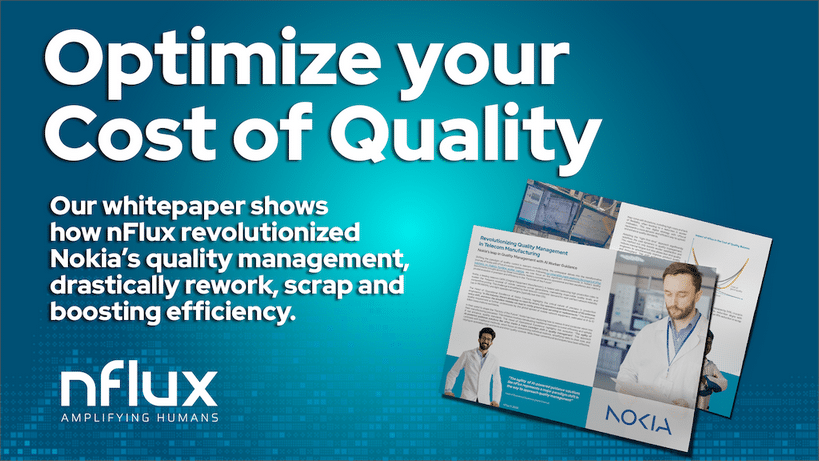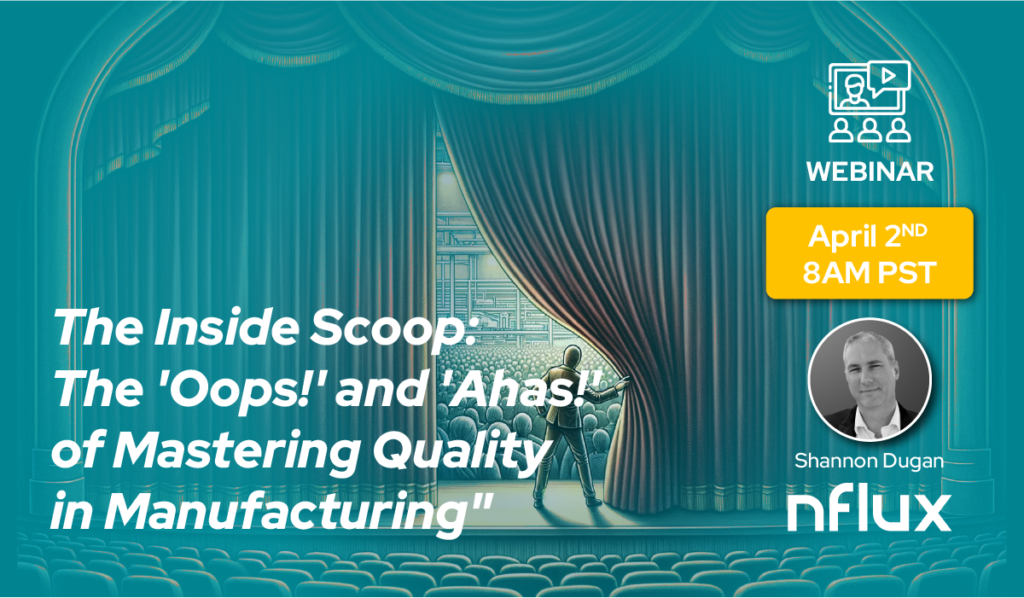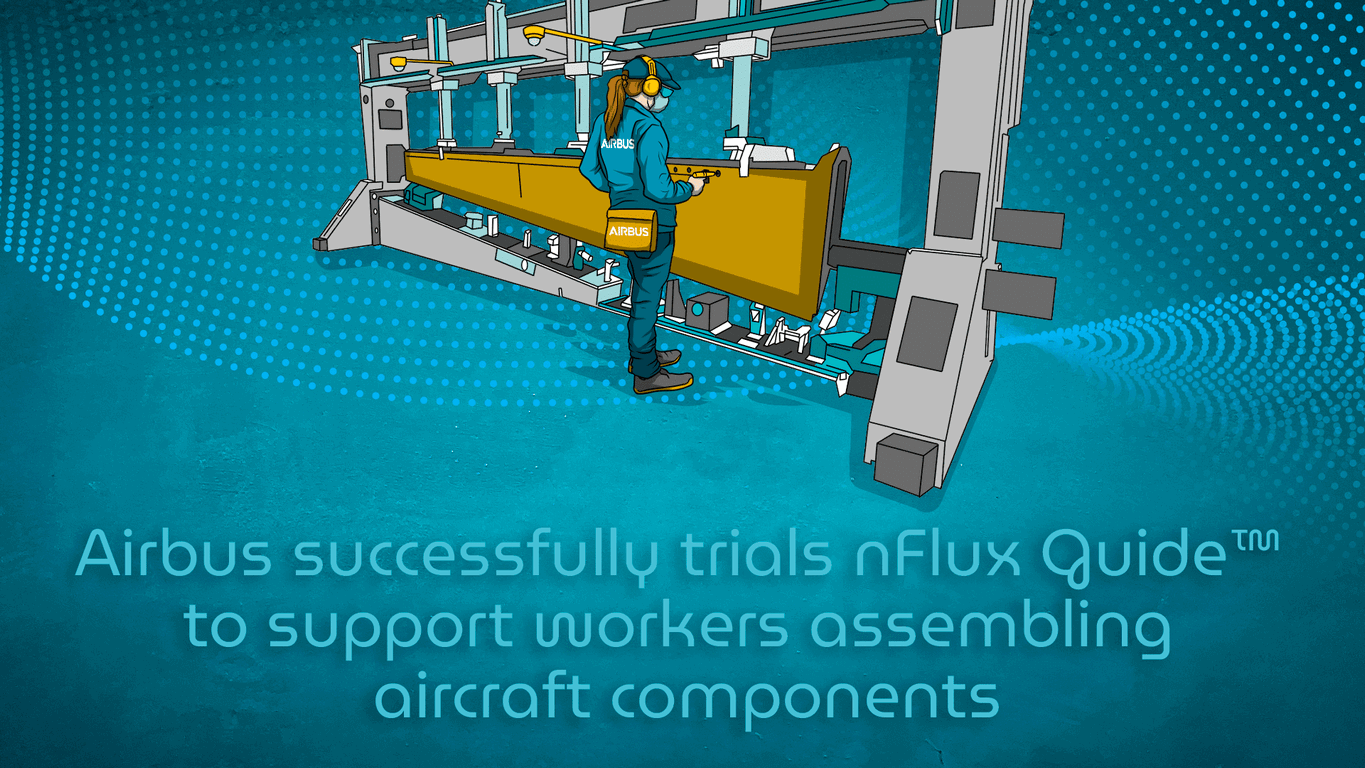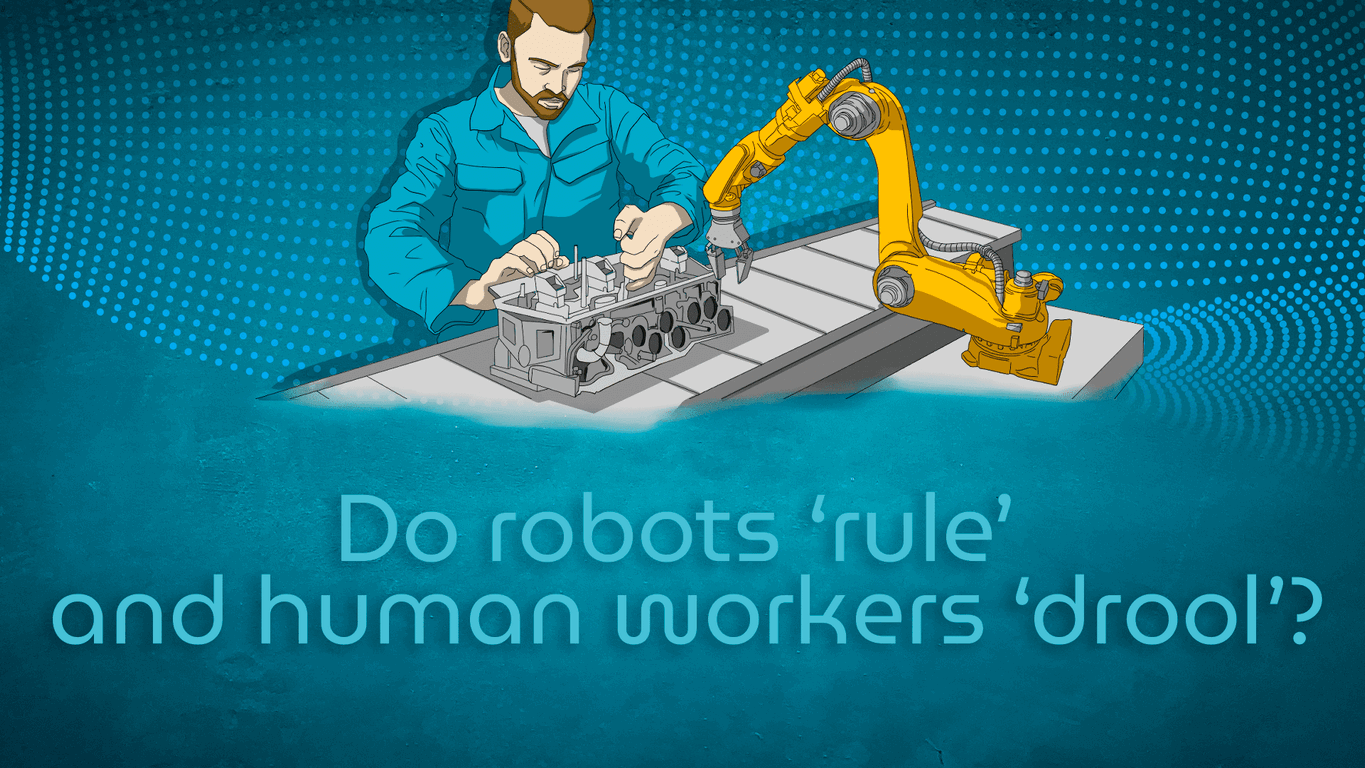On the 20th of March 2024, nFlux hosted an enlightening webinar titled ‘Boosting Output and Quality by Moving Inspection Upstream with AI’, which marked a significant departure from conventional discussions on technology in manufacturing. This session, guided by nFlux’s co-founders Seyed Sajjadi (CEO), Adam Phillips (VP of Business Development), and Víctor Cañero (VP of Product Marketing), ventured deep into the strategic importance of inspection placement within the manufacturing process. It underscored how Artificial Intelligence (AI) and Computer Vision (CV) are not just tools for quality control but are revolutionizing the decision-making process regarding where and when inspections should occur to maximize efficiency and output. By leveraging their extensive experience in the crossroads of manufacturing and tech innovation, the speakers illuminated the path towards operational excellence by rethinking the traditional norms of production line inspections.
The Crux of the Matter
A relevant portion of the webinar was dedicated to discussing the substantial investment directed towards controlling quality within manufacturing, commonly referred to as the Cost of Quality (CoQ). This crucial aspect of manufacturing seeks to address errors predominantly introduced by human labor. Highlighting a foundational aspect of our webinar, we discussed the financial impact of CoQ, which can account for up to 30 cents of every dollar generated in the sector. This pivotal fact was reinforced through a live poll, with nearly half of the participants acknowledging that their CoQ falls between 30%-40% of revenues, illustrating the substantial yet often underappreciated scope of CoQ.
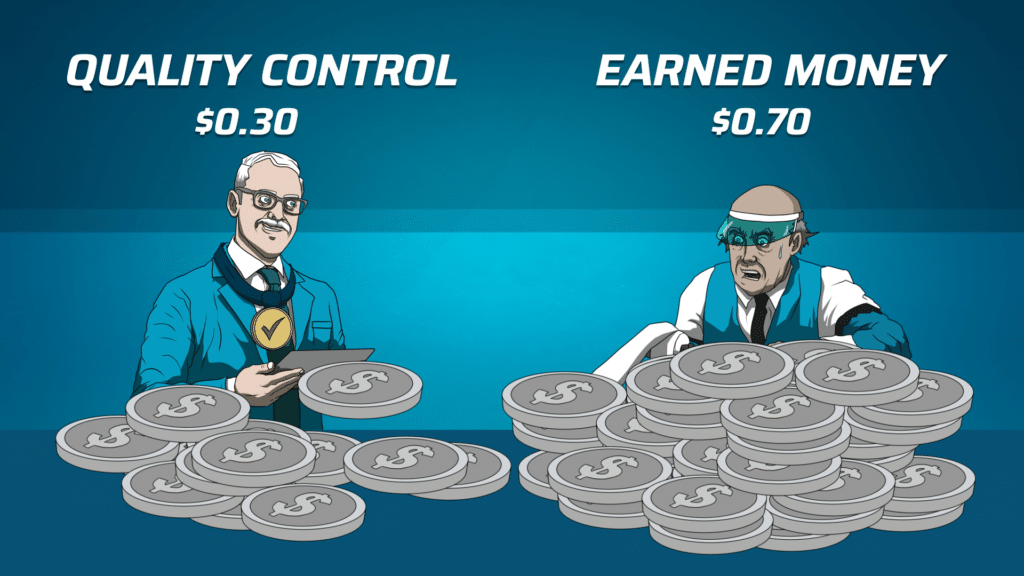
As summarized in our previous webinar, CoQ encompasses a wide array of costs associated with ensuring product quality:
- Prevention costs: Investments made to prevent defects before they occur, including training, quality planning, and process control.
- Appraisal costs: Resources spent on evaluating products and materials to ensure they meet quality standards, such as testing and inspections.
- Failure costs: The expenses related to addressing defects that have already occurred, which are further divided into internal failure costs (costs incurred before a product reaches the customer, such as scrap and rework) and external failure costs (costs arising after the product reaches the customer, including returns and warranties).
A Strategic Shift
The webinar centered around a critical planning of inspection locations within manufacturing lines, highlighting how these choices significantly influence both quality outcomes and overall operational efficiency. A substantial part of the discussion was dedicated to differentiating between End-Of-Line (EOL) and At-The-Line (ATL) inspections, elucidating the strategic considerations necessary for positioning inspections to effectively preempt errors. This segment explored the industry’s quest for a balance, evaluating the implications of increasing inspection points versus the potential for unresolved quality issues if inspections are too sparse.
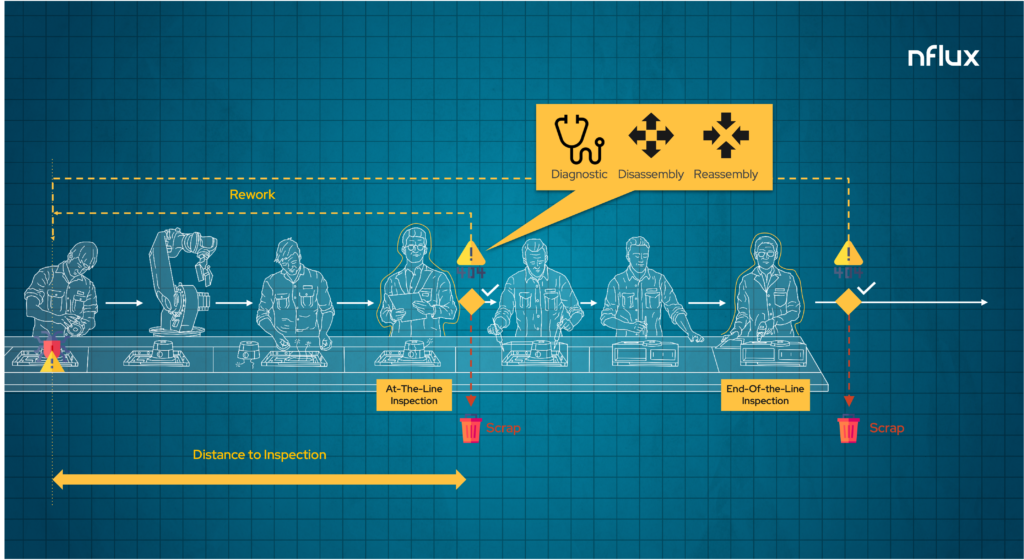
Delving deeper, the session shed light on the escalating complexity and costs tied to correcting errors, particularly when the gap between where errors occur and where they are detected widens. It was emphasized that the further an inspection point is from the origin of a failure, the more intricate the process becomes — from identifying errors, through diagnosing their causes, to implementing fixes. Errors may compound over time, and defects can become concealed, making late-stage corrections not just challenging but also significantly more resource-intensive.
To illuminate this concept, the webinar detailed how early-stage (ATL) inspections could serve as a preventative measure, reducing the cascading effects of errors by catching them closer to their inception. This proactive approach contrasts with EOL inspections, where errors have already traversed through various stages of production, embedding complexities that demand more extensive diagnostic efforts and corrective actions.
Technological Transformation
In the discussion on optimizing inspection placement, the panelists delved into how Artificial Intelligence (AI) and Computer Vision (CV) are revolutionizing the economics of inspection by reducing its overall cost. This technological advancement disrupts the traditional cost-benefit analysis, empowering manufacturers to shift inspection points upstream without prohibitive expenses. AI and CV technologies foster a transformative approach to quality control, enhancing efficiency and cost-effectiveness, and heralding a new epoch of manufacturing precision.

The webinar introduced a comprehensive framework for categorizing inspection strategies augmented by technology. This spectrum ranges from EOL or ATL Manual Inspections—often the go-to in assembly lines where the inspection environment is less controllable—to cutting-edge Instant Inspection Vision AI solutions. These innovative AI solutions offer a more nuanced and earlier inspection capability within the production process, marking a significant leap beyond traditional Automatic Optical Inspection (AOI) methods. Unlike AOI, which relies on complex sensor systems to detect defects at specific stages, Instant Inspection Vision AI provides the flexibility and granularity needed to implement effective quality control measures closer to the error’s origin.
This shift not only improves the detection and correction of errors but also significantly reduces the cumulative costs associated with late-stage error rectification. By integrating AI and CV into the inspection process, manufacturers can now leverage technology to pinpoint and address quality issues at their inception, minimizing the potential for compounded errors and ensuring a higher standard of product quality.
Zeroing In on Errors with nFlux Worker Guidance
An integral part of the webinar was the exploration of a strategic opportunity that could potentially revolutionize manufacturing efficiency: the concept of addressing errors precisely at the moment they occur, where the costs of correction are theoretically minimal. Dubbed “In-Step” Inspection, this proactive approach hinges on the ability to detect and rectify errors instantaneously, minimizing the compounding of errors and their associated rectification costs downstream in the production process. The potential for such an approach to bring remedy costs close to zero marks a paradigm shift in quality management, moving away from reactive measures to a more dynamic, preventive strategy.
What if we could detect errors as they are happening and enable workers to fix them?
In response to this significant opportunity, nFlux is pioneering a new strategy to inspection with AI-based Worker Guidance. The nFlux Guide™, leveraging the power of Computer Vision (CV), monitors assembly activities in real-time and equips assembly workers with the necessary tools and insights to identify and correct errors on-the-spot. This solution integrates seamlessly into the manufacturing process, providing workers with instant feedback and guidance through intuitive visual cues and actionable insights.
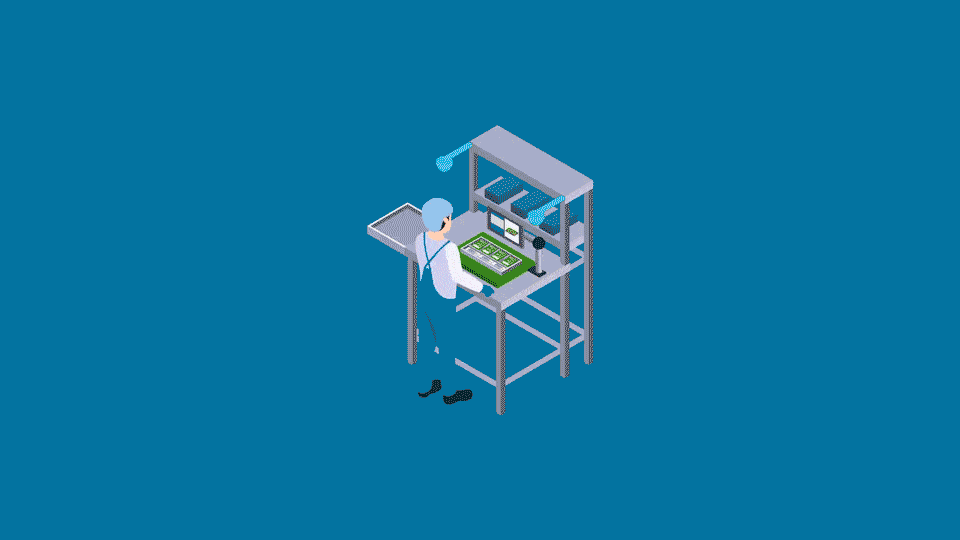
By employing AI to analyze the manufacturing process at every step, the nFlux Guide effectively transforms traditional inspection methods. It enables a shift towards a more efficient, error-resistant production line, where quality control is not just a checkpoint but an integral part of the manufacturing workflow. The webinar’s presentation and demo of the nFlux Guide illuminated how this technology not only optimizes manufacturing processes but also redefines the entire landscape of quality management by embedding the principles of prevention and immediate correction into the very fabric of manufacturing operations.
To delve deeper into how this technology is changing the game in Quality Management, we have co-developed a Whitepaper with Nokia, showcasing the tangible benefits and real-world applications of AI-based Worker Guidance. This comprehensive document is available for download on our website, offering valuable insights into achieving manufacturing precision and excellence.
This strategic shift towards real-time error correction, as enabled by nFlux’s Worker Guidance system, presents a disruptive value proposition for manufacturers aiming to elevate their quality standards while simultaneously enhancing operational efficiency. By tapping into the potential of AI and “At-The-Step” inspection, nFlux is paving the way for a future where manufacturing precision and excellence are achieved not by accident, but by design.
The Road Ahead
The insights shared during our recent webinar not only cement nFlux’s position at the forefront of technological advancements in manufacturing but also set the stage for our next exciting event. Building on the momentum, we are thrilled to announce an upcoming webinar/interview with Shannon Dugan, a distinguished expert in operational excellence, quality management, and R&D in the manufacturing space. Shannon, which is also an advisor to nFlux, brings a wealth of experience from his time at industry powerhouses such as Intel and DuPont, and beyond.
In this special session, Shannon, accompanied by nFlux CEO Seyed Sajjadi, will delve into the untold stories and hidden complexities of achieving top-tier quality in manufacturing. The conversation will explore not just the theoretical underpinnings but also the practical implications of integrating AI and Machine Learning technologies to revolutionize quality management practices. This upcoming event promises to unpack the myths and realities that surround the quest for excellence in manufacturing, providing attendees with unparalleled insights into the future of the industry.
As we continue to explore the intersection of technology and manufacturing excellence, this dialogue with Shannon Dugan is not just a continuation of our journey but a leap into the nuanced realities of operational excellence and innovation. Stay tuned for more details on this must-attend webinar, where we will uncover more about how AI and Computer Vision are redefining the landscapes of quality management and operational efficiency in manufacturing.
